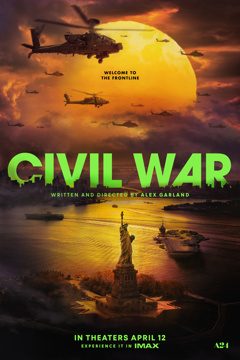Discover
Theresienstadt. Ein Dokumentarfilm aus dem jüdischen Siedlungsgebiet (English: Terezin: A Documentary Film from the Jewish Settlement Area) was a black-and-white projected Nazi propaganda film shot in the concentration camp of Theresienstadt.
In the summer of 1944, the Nazi government had perpetrated a hoax against the Danish Red Cross by taking them on a tour of the Theresienstadt concentration camp in the occupied Czechoslovakia. They "beautified" and cleaned the camp prior to arrival and arranged cultural activities to give the appearance of a happy, industrious community. To cover up the endemic overpopulation of the camp, numerous inmates were deported to Auschwitz before the arrival of the Red Cross delegation.
The gimmick was so successful that SS commander Hans Günther attempted to expand on it by having Kurt Gerron, a Jewish actor-director, make a short film about the camp to assure audiences that the inmates kept there were not being abused. In return, the Nazis promised that he would live. Shooting took 11 days, starting September 1, 1944.
Shortly after Gerron finished shooting the film, however, both he and other cast members were "evacuated" to Auschwitz, where they were gassed upon arrival.
The film was intended to be shown in neutral countries to counter Allied news reports about the persecution of Jews. Influential organisations such as the International Red Cross and the Vatican would be given screenings. However, the progress of the war in late 1944 to early 1945 made that impossible. After an initial screening in early April 1945 to senior members of the government and SS, there were a few other screenings to international humanitarian groups in Theresienstadt in April 1945. Further distribution was halted by the defeat of Germany.
The film was mostly destroyed, but about 20 minutes of sequences from it have survived. The surviving footage features a children's opera, Brundibár, and two musical performances on a wooden pavilion in the town square. One is of Karel Ančerl conducting a work by Pavel Haas, and the other is of the jazz band leader Martin Roman and his Ghetto Swingers. Ančerl and Roman both survived Auschwitz; most of their musicians and the children from the opera did not.
The "Beautification", the Red Cross tour, and the making of the film are dramatized extensively in the novel and mini-series War and Remembrance. Austerlitz, a novel by W.G. Sebald, features discussion of and a still from the film. It is also explored in documentary film The Given Town.
Original Release
01/01/1944
Cast
| Name | Character |
|---|
| Paul Eppstein | Soziologe - Mannheim - Berlin / Vorsitzender des Ältestenrates der Juden |
| Karel Fischer | Dirigent |
| Frau Görtz | Gräfin - Holland |
| Adolf Hitler | Self / Self (archive footage) |
| Hans Krása | Komponist - Prag |
| Alfred Meissner | Jurist - ehem. Minister - Tschechoslowakei |
| Benjamin Murmelstein | Self |
| Coco Schumann | Self |
| Jo Spier | Maler - Zeichner - Holland |
| Kurt Gerron | Regisseur - Schauspieler |
Directors
Writers
Kurt Gerron, Manfred Greiffenhagen, Jindrich Weil
Cast
| Name | Character |
|---|
| Paul Eppstein | Soziologe - Mannheim - Berlin / Vorsitzender des Ältestenrates der Juden |
| Karel Fischer | Dirigent |
| Frau Görtz | Gräfin - Holland |
| Adolf Hitler | Self / Self (archive footage) |
| Hans Krása | Komponist - Prag |
| Alfred Meissner | Jurist - ehem. Minister - Tschechoslowakei |
| Benjamin Murmelstein | Self |
| Coco Schumann | Self |
| Jo Spier | Maler - Zeichner - Holland |
| Kurt Gerron | Regisseur - Schauspieler |







